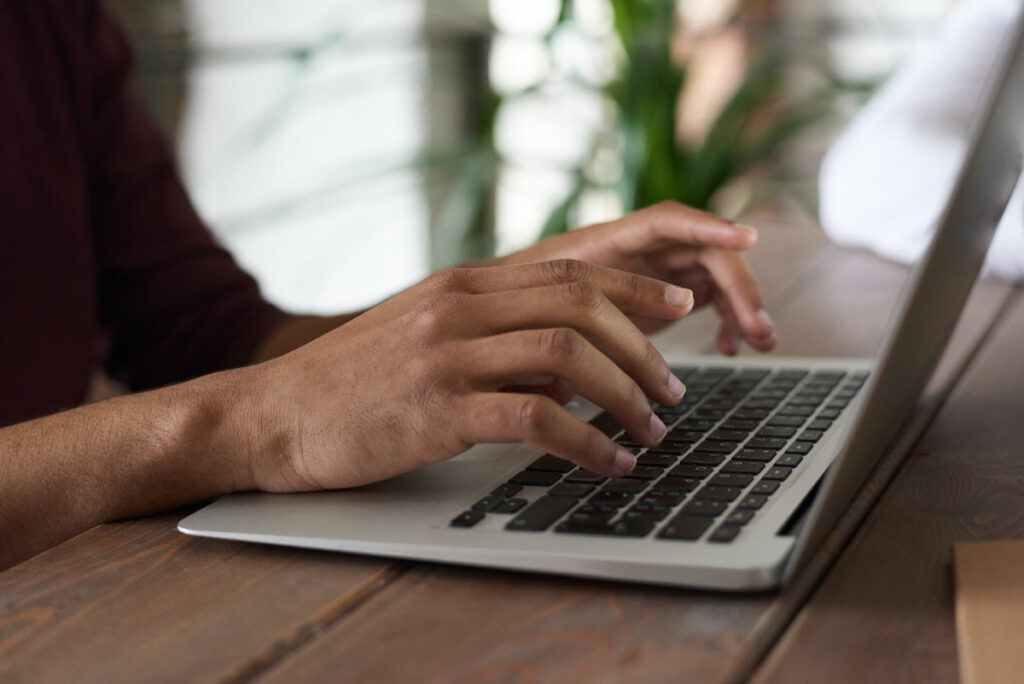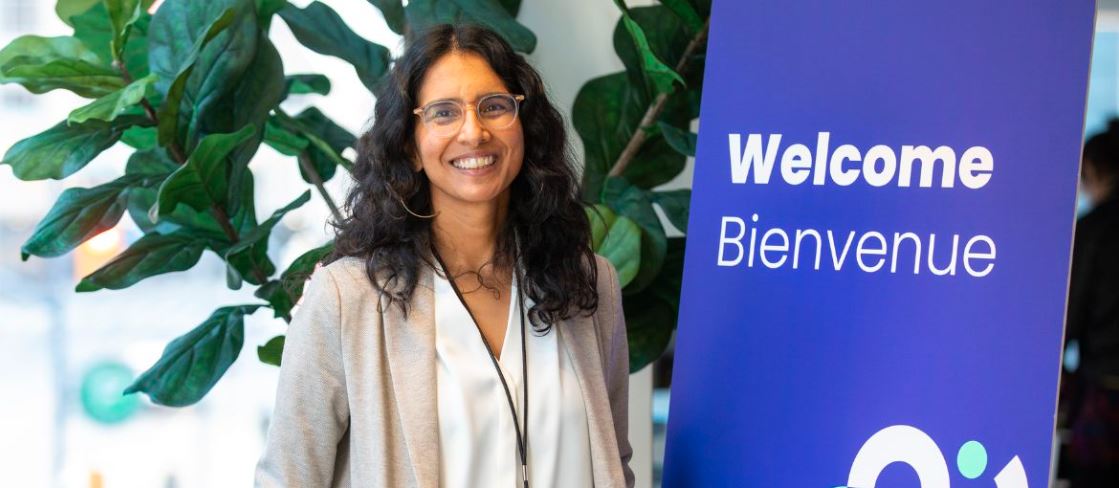Physicians, researchers and experts – many from Unity Health Toronto — are calling for the collection of data on race and Indigenous identity during the health card application and renewal process as a way to identify and address health inequities.
The group outlined their proposal in a commentary published in The Canadian Medical Association Journal.
In Canada, research shows that Indigenous and racialized patients have worse access to healthcare, receive poorer care and have worse outcomes than White people. Racism in healthcare faced by Indigenous and Black patients has been well-documented in reports and investigations.
“Having data on race available for analysis can facilitate the measurement of racial inequities and help to hold organizations and governments accountable for addressing these and monitor progress,” wrote the authors, who include Dr. Andrew Pinto, Dr. Azza Eissa, Dr. Tara Kiran, Dr. Angela Mashford-Pringle, Unity Health Director of Anti-Racism, Equity and Social Accountability Allison Needham and Dr. Irfan Dhalla.
The group wrote that collecting self-reported race data will allow for the measurement of health inequities, and help hold organizations and governments accountable for addressing these inequities. Having data on race will also help analysts track and measure progress, they wrote.
Dr. Tim Rutledge, President and CEO of Unity Health Toronto network, which includes St. Joseph’s Healthcare, St. Michael’s Hospital and Providence Healthcare, said the recommendations will help ensure the best care for all patients.
“At Unity Health our aim is to provide excellent, compassionate and equitable care to all in need. Having appropriately trained individuals analyze data on race and Indigenous identity is a critical step in helping hospitals like ours achieve this goal,” Rutledge said. “We need to ensure we are centering the voice and expertise of Indigenous and racialized communities as we make plans about how to address health care needs.”
There are several examples of how data on race and Indigenous identity helped pave the way for change. For example, in 2021 the Centre for Addiction and Mental health in Toronto found that Black patients were restrained 44 per cent more often than White patients, and used this data to justify the development of an antiracism plan. Public health programs in Ontario and Manitoba used data on race and Indigenous identity to inform the rollouts of the COVID-19 vaccines.
Last year, Nova Scotia began giving people the option of providing race information when they renewed their health cards, as part of an effort to provide more equitable care and improve healthcare services to all communities in that province.
Anna Greenberg, Chief Regional Officer for Toronto and East Regions and Executive Lead, Equity, Inclusion, Diversity and Anti-Racism at Ontario Health, said the recommendations are consistent with the Black Health Plan for Ontario, which were recently released by Ontario Health and its partners.
“Tracking how outcomes are different for some communities compared to others is critical to developing data-informed strategies to improve care and eliminate disparities,” Greenberg said.
The group suggests a framework for collecting this information, with appropriate safeguards in place to prevent potential harms. They suggest:
- Asking about race and Indigenous identity in a safe and transparent manner, with an explanation that disclosing this information is voluntary.
- Data on race and Indigenous identity should not be visible on health cards and individuals who have access to the data should receive antiracism training.
- Ensuring data are not interpreted or presented in a manner that reinforces racism and discrimination.
- Create legislation that protects communities, so that health data are not used to draw broad conclusions about communities.
- Support Indigenous, Black and racialized communities to lead and direct the process of data collection, analysis and dissemination, with data sovereignty and governance frameworks.
Learn more: https://www.cmaj.ca/content/195/25/E880








